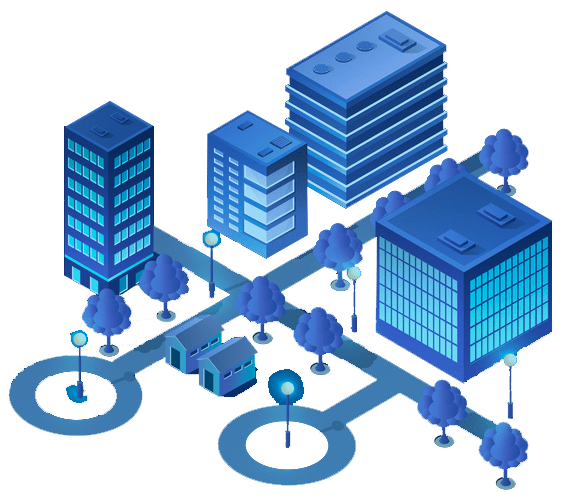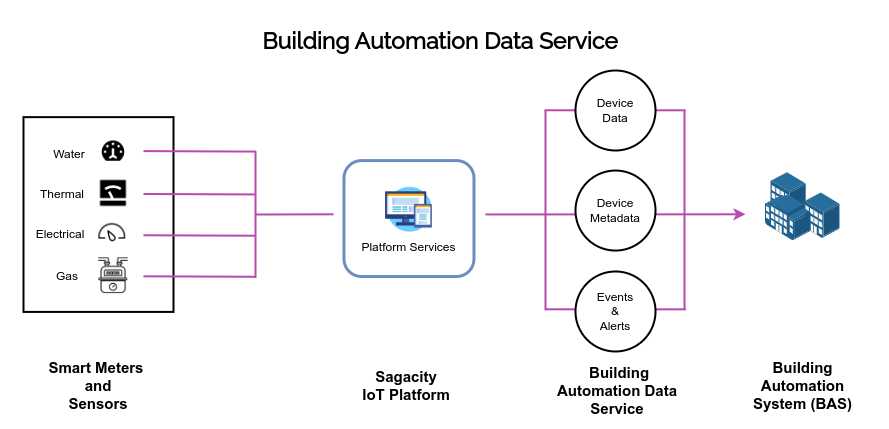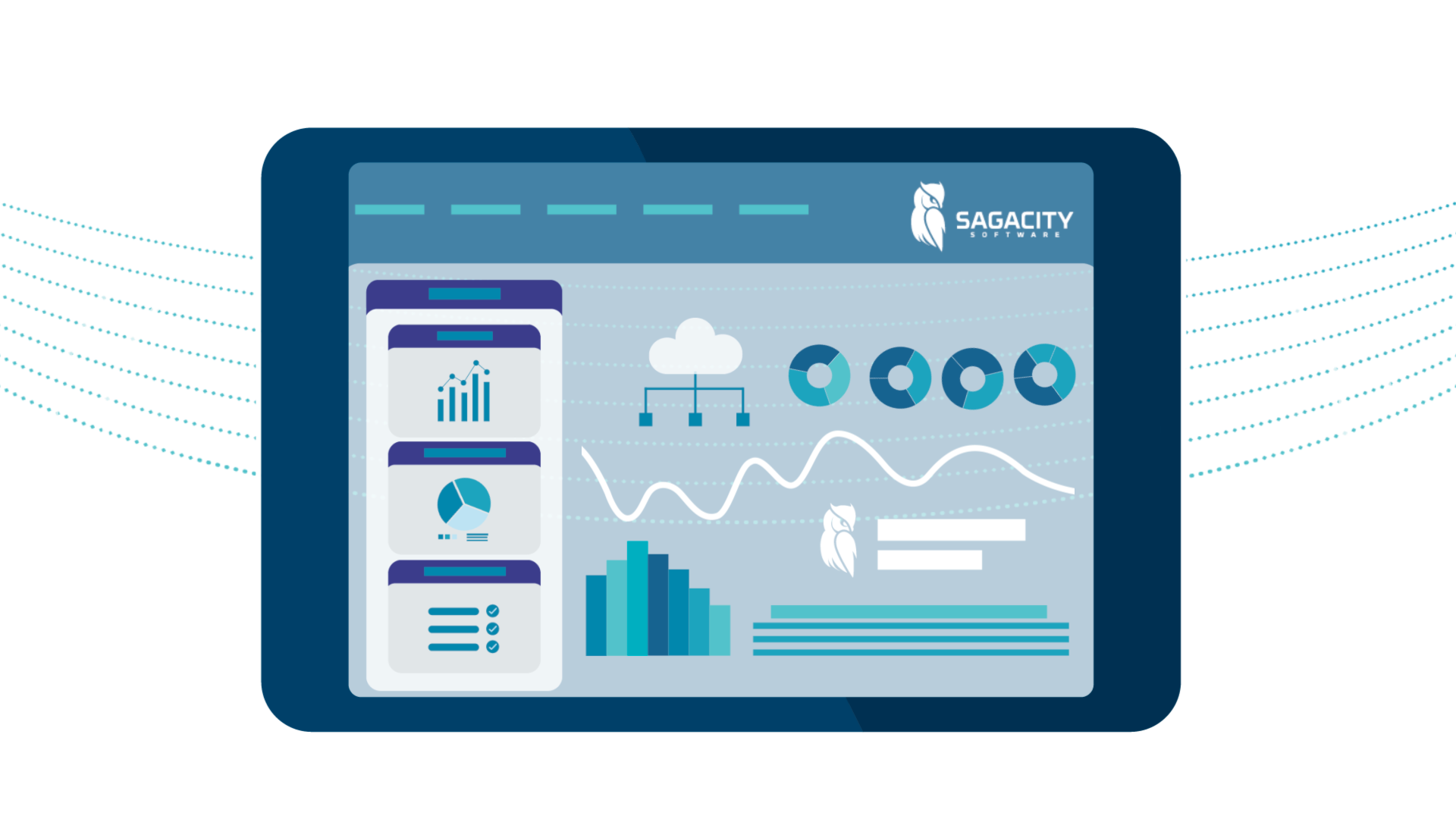Building Automation Data Service
Easily feed your Building Automation Systems with all the data stemming from your Smart Devices or Sensors at any frequency you want, without the hassle of system integration.
In the same way the Internet connected computers all over the world, the Internet of Things (IoT) connects billions of electronic devices across the map to one another, enabling data and control services that unite the digital with the physical.

The Building Automation Data Service is a client data service that is built on top of Sagacity’s proven, scalable, open-standards based, and secure IoT Platform. This solution provides clients with advanced capabilities for their smart buildings right out of the box, including: heterogenous IoT device API services, internal building communications capabilities, data management capabilities, data security capabilities, device reporting and alerting, and actionable intelligence. Together, these technologies enable clients to transform their buildings into smart buildings faster than ever.
Head-End System
The Sagacity Platform provides functional capabilities, communication technology, heterogenous device management, data management infrastructure and tools, intelligence, and security, which together serve as the engine enabling continuous management of smart devices and sensors, and their respective networks, in your smart buildings.
At the heart of the Platform is the Head-End System (HES), a cloud-based system that serves as the operational hub of the smart device infrastructure. The HES monitors and manages the deployed smart devices and sensors, including their connectivity and availability, as well as workflows associated with the commissioning of the smart meters, and manages this information for historical auditing. The HES also monitors and manages the continuous delivery of data from each smart device, including its secure and consistent collection, processing, detection of data corruption, and storage.
The Platform integrates its device data and metadata with client systems via the appropriate integration channel. For example, it can manage the daily delivery of meter consumption data from Smart Meters into a client’s Billing System or Data Analytics Systems.
How it Works
Data is made available to the client’s Building Automation System (BAS) via an API data service that provides an HTTPS endpoint accessible by the BAS. The data will be sent to the BAS requestor according to the agreed upon data schema. This system could be a BACnet system, or another type of system for that matter. Our service is incredibly flexible in its ability to fit into numerous building technologies.
The service provides its data via an API that provides three separate services: one for device data, a second for device metadata, and a third for events and alerts.

-
1) Device Data API: This API provides the requesting system (e.g. BAS) with a constant flow of the data coming from your smart device, and any requested calculated fields or aggregates from this data, which contain the readings flowing from each of the buildings’ commissioned smart devices.
-
2) Device Metadata API: This API provides the requesting system with access to device metadata information at any time. This includes asset tracking, asset tagging, commissioning, and inspection information.
-
3) Events and Alerts API: This API provides the requesting system with a constant flow of status information, including events and alerts, from the devices being monitored.
These APIs can be called at any point by the requesting system to receive the most up to date information. Smart Device data will be refreshed at the agreed upon data refresh interval (e.g. every 30 minutes).
The Building Automation Data Service will make available to authorized client systems required device data, metadata, events, and alerts. The authorized client system is usually the Client’s building automation system (BAS), but it could be any system.



